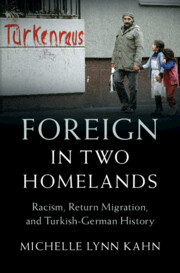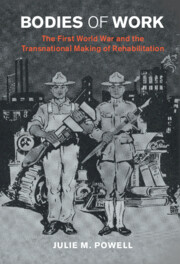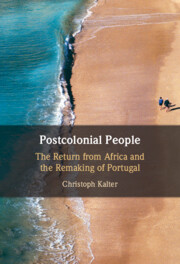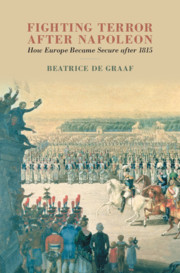Between 11 March and 29 October 2004, between Madrid and Rome, the European Constitution has turned from an uncertain possibility into a certain (albeit not full) reality. The day of the Madrid train bombs killing 190 and wounding 1500 is as inseparable from the history of the Constitution as the date of its signature, 29 October. Those events of 11 March (and the ensuing government blunders) moved the Spanish people to end the reign of Aznar's Popular Party. This in turn unblocked the Constitution talks that had got gripped, among other things, due to Spanish intransigence in December.
In several ways the particular sequence or succession of events from 11 March to 29 October can also be seen as symbolic for this particular European Constitution. Let us select three angles: an historic, a formal and a substantive one.




